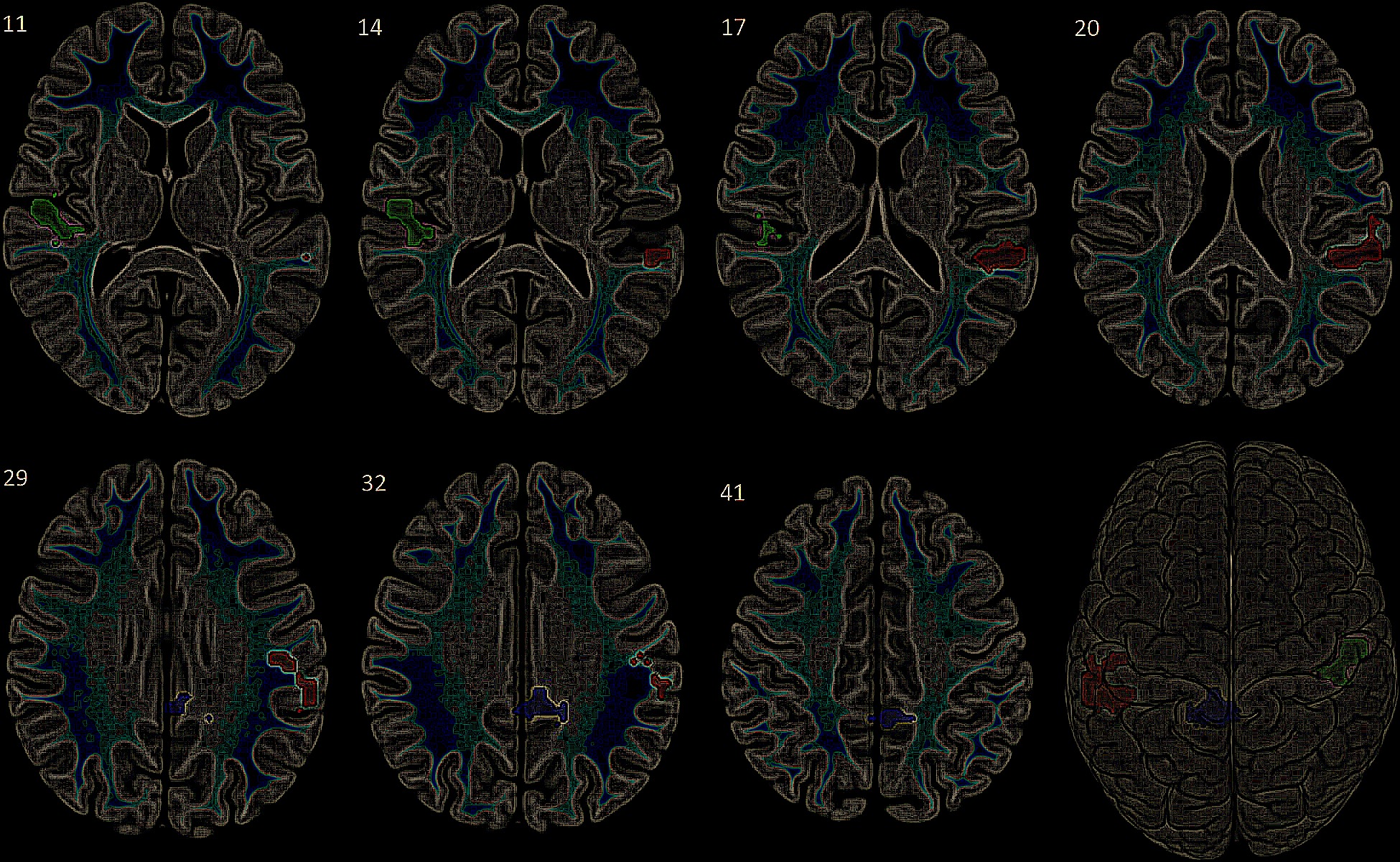De Rubeis and colleagues have identified convergent genetic risk factors for ASD, including:
- SHANK3: Scaffold protein at excitatory synapses. Loss disrupts AMPA/NMDA receptor localization.
- SYNGAP1: GTPase-activating protein controlling Ras–MAPK signaling. Haploinsufficiency causes hyperexcitable synapses.
- CHD8: Chromatin remodeler regulating circadian-linked transcriptional networks.
- FOXP1/2: Transcription factors with rhythmic expression, tied to language development.
Many of these genes exhibit circadian regulation. For example, SHANK3 transcript levels oscillate across the circadian cycle in cortical neurons, while CHD8 mutations alter circadian gene expression in stem cell–derived neurons.
This genetic–circadian interplay highlights a therapeutic window: timing interventions to circadian phases when mutated genes exert maximal impact could amplify drug efficacy. For example, targeting excitatory synapses in SHANK3-haploinsufficient models with mGluR5 antagonists during peak glutamatergic oscillations may correct excitatory–inhibitory imbalance more effectively than constant dosing.
The genetic architecture of ASD includes both rare high-penetrance mutations and common polygenic variation. Several high-confidence ASD risk genes converge on pathways regulating synaptic function, transcription, and chromatin remodeling. Importantly, many of these genes display circadian regulation or intersect directly with molecular clock machinery.
SHANK3, a scaffolding protein at excitatory synapses, interacts with NMDA and AMPA receptor complexes. Loss-of-function mutations lead to disrupted glutamatergic transmission. Intriguingly, SHANK3 expression oscillates across the circadian cycle, suggesting that time-of-day may influence synaptic vulnerability in SHANK3-deficient individuals. Pharmacological strategies that stabilize AMPA receptor trafficking, administered during circadian peaks of glutamatergic activity, could improve synaptic strength in SHANK3 haploinsufficiency.
SYNGAP1 encodes a Ras GTPase-activating protein that regulates MAPK and PI3K signaling downstream of NMDA receptor activation. Haploinsufficiency causes excessive ERK signaling and hyperexcitability. Circadian regulation of Ras–MAPK signaling has been documented in the hippocampus, with peak ERK activity occurring during active phases. Timed inhibition of ERK signaling with MEK inhibitors could normalize excitatory–inhibitory balance in SYNGAP1-related ASD.
CHD8 mutations represent a paradigmatic link between chromatin remodeling and circadian dysfunction. As a regulator of transcriptional accessibility, CHD8 controls the rhythmic expression of hundreds of genes, including those involved in neurodevelopment and synaptic signaling. Loss of CHD8 function flattens rhythmic transcription, disrupting daily waves of synaptic protein synthesis. This may explain the severe sleep and behavioral phenotypes seen in CHD8-mutant ASD. Pharmacological interventions aimed at enhancing circadian amplitude (e.g., REV-ERB agonists) may counterbalance the flattening effect of CHD8 mutations.
FMR1, the gene mutated in fragile X syndrome, regulates mRNA translation at synapses. FMRP expression shows circadian oscillation, and fragile X models exhibit disrupted circadian behavior. Drugs targeting mGluR5 signaling, already explored in fragile X, might be more effective if administered in circadian alignment with FMRP oscillations. This represents a precision approach that could also apply to other ASD subtypes with translational dysregulation.
Beyond single-gene mutations, polygenic influences affect circadian pathways. Genome-wide association studies reveal enrichment of ASD-associated SNPs near circadian regulators such as PER2, NR1D1, and ARNTL (BMAL1). This suggests that common variants disrupting circadian amplitude may increase ASD risk at the population level. Identifying circadian genotypes may allow stratification of patients for circadian-targeted therapies.
Future drug discovery should integrate gene–circadian interactions into screening pipelines. High-throughput assays could test small molecules against circadian-regulated targets in neuronal cultures derived from ASD patients with defined genetic backgrounds. This approach will enable the rational design of drugs that restore both synaptic and circadian homeostasis, tailored to genetic subtypes.
Peter De Ceuster. (2026). Integrating Circadian Rhythm and Neurobiology in Precision Medicine: A Novel Approach for Treating Severe Autism Through the Exploration of Time Cells and Genetic Mechanisms
Excerpt from: Integrating Circadian Rhythm and Neurobiology in Precision Medicine: A Novel Approach for Treating Severe Autism Through the Exploration of Time Cells and Genetic Mechanisms by P. De Ceuster
© All rights reserved. Do not distribute. (Publication: Integrating Circadian Rhythm and Neurobiology in Precision Medicine: A Novel Approach for Treating Severe Autism Through the Exploration of Time Cells and Genetic Mechanisms)

